Achieving a Fit Body Like Helen Mirren at 79
This article was initially published on January 7, 2025
Is there a better advocate for encouraging older adults to stay active than Helen Mirren? In her support of Age UK’s Act Now, Age Better initiative, the actress encourages individuals aged 50 to 65 not to be intimidated by aging, but rather to take proactive steps to enhance their quality of life as they age.
Mirren, who will turn 80 in July, empathizes with those experiencing common age-related discomforts, and her recommendations are accessible for those who might feel less inclined to exercise. “Joining a gym isn’t necessary,” she notes. “Simple activities like a short walk or yoga, which I also enjoy, can make a difference.”
As we grow older, maintaining muscle mass and strength becomes increasingly important, making resistance training particularly beneficial. Renowned for her commitment to fitness, Mirren follows a brief but effective 11 to 12-minute military-style workout, which she has practiced nearly daily for the past six decades. In a recent interview with Woman’s Weekly, she expressed her strong belief in the Royal Canadian Air Force XBX program. This exercise routine was designed in the late 1950s by Dr. Bill Orban to promote fitness among female members of the RCAF. A related, more established 5BX plan, featuring fewer variations of the same exercises, was originally intended for male staff in remote postings, emphasizing that the workouts can be done in small spaces like a barracks room.
Mirren is not unique among busy public figures in undertaking this straightforward workout; for instance, reports suggest that King Charles practices it daily, and members of the royal family, including the Prince and Princess of Wales, have also tried it. But does this regimen truly deliver results that stand the test of time?
A 2021 study by researchers from McMaster University and the Mayo Clinic examined a modified version of the 5BX program, seeking to determine whether this body-weight workout could enhance cardiovascular fitness. Over six weeks, a group of previously sedentary individuals engaged in the modified 11-minute regimen three times a week, performing five altered exercises, which included modified burpees, high knees, split squat jumps, and squat jumps. Each exercise was done for 60 seconds at a self-determined challenging pace, with brief resting intervals of walking on the spot. A control group did not participate in any exercise. The study revealed that participants following the 5BX methodology saw an average 7 percent improvement in endurance and increased muscle strength, while the control group showed no changes.
George Morris, an exercise physiologist at St Mary’s University, Twickenham, emphasized that one of the most appealing aspects of the 5BX program is its convenience: “You can complete it at home in just 11 to 12 minutes.” Moreover, it effectively combines resistance training with aerobic exercises, targeting major muscle groups for overall conditioning that can aid in fat loss and enhance endurance over time.

I paused my writing to give the routine a try at my office. The XBX plan encourages progression into more difficult exercises with improvements in fitness, but it also advises starting at an appropriate level to avoid injury. I found the exercises manageable, though I could tell from the variations that more challenging versions awaited. The XBX includes multiple levels for each exercise, with increasingly difficult moves, while still maintaining a concise 11 to 12-minute format.
Consistency is key for realizing fitness benefits, as noted by Orban, who advised that regular practice leads to significant improvements over time. Morris pointed out that the principle of progressive overload embedded in the routines contributes to noticeable gains in strength and fitness levels.
Ultimately, Orban assures that regular engagement with the 5BX plan can provide a sufficient energy reserve that enhances well-being and vitality for the upcoming year, urging individuals not to procrastinate and to start today. Here’s how to get started.
The Royal Canadian Air Force 5BX Program
The exercises in the 5BX plan become progressively more challenging as fitness improves. The focus is on incorporating new movements without extending the overall duration, keeping it within a manageable 11 to 12-minute framework, even for highly fit individuals. For those with joint issues or back pain, substitutions may be necessary; options include replacing full sit-ups with push-ups or replacing running with modified high-knee marching. Morris reminds exercisers to avoid any movements that lead to discomfort or exacerbate existing problems.
Ideally, this program should become a daily routine, but engaging three to five times a week can still yield positive results. Orban emphasizes the importance of mastering one level before progressing to the next to ensure safety and efficacy. Ready to get moving?
Warming up and cooling down: The original guidance suggested using exercise 1 as a built-in warm-up to prepare your body for the workout. However, Morris recommends an extended warm-up for injury prevention, suggesting two to five minutes of light aerobic movement like brisk walking to raise the heart rate and prepare the muscles for more intense activity. For cooling down, a minute of walking to lower the heart rate gradually is also recommended.
Exercise 1 (Duration: 2 minutes)
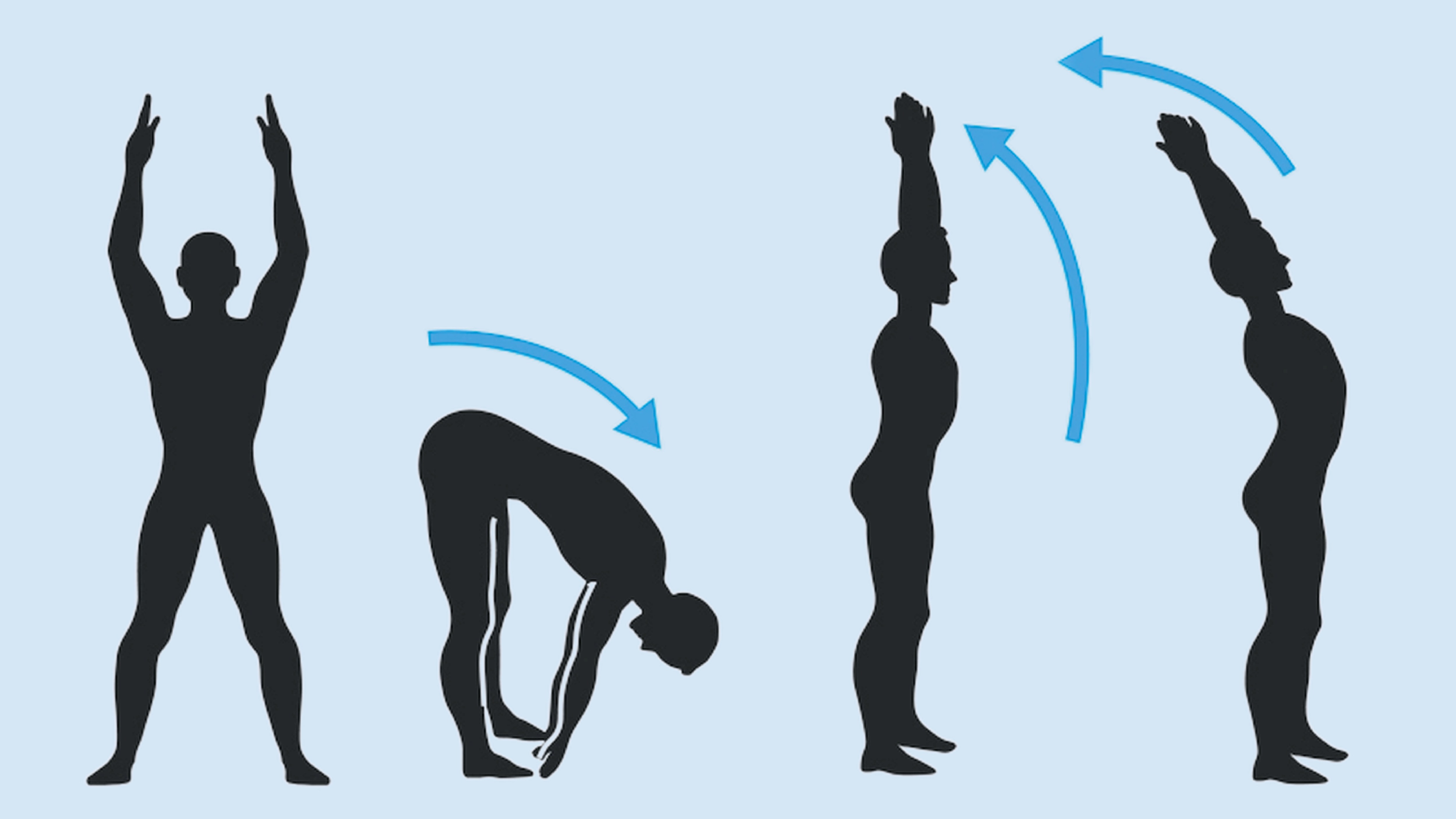
Stand with feet hip-width apart, with arms raised. Bend forward to touch the ground, then stretch upwards into a backward bend while keeping knees slightly bent.
• Beginners: Start with 4-8 repetitions and increase to 14-20 over 4-6 weeks.
• Intermediate: Press down with both hands at the lowest position. Start with 14-20, growing to 22-30 over 4-6 weeks.
• Advanced: Press down with both hands, touch outside left foot, right foot, and circle back to the starting position. Aim for 24-26 repetitions; build to 28-30 over 4-6 weeks.
• Super athletic: With hands clasped overhead, touch the ground to the sides as described above, maintaining tight hand positioning throughout. Aim for 24-26 repetitions; progress to 28-30 over 4-6 weeks.
Exercise 2 (Duration: 1 minute)
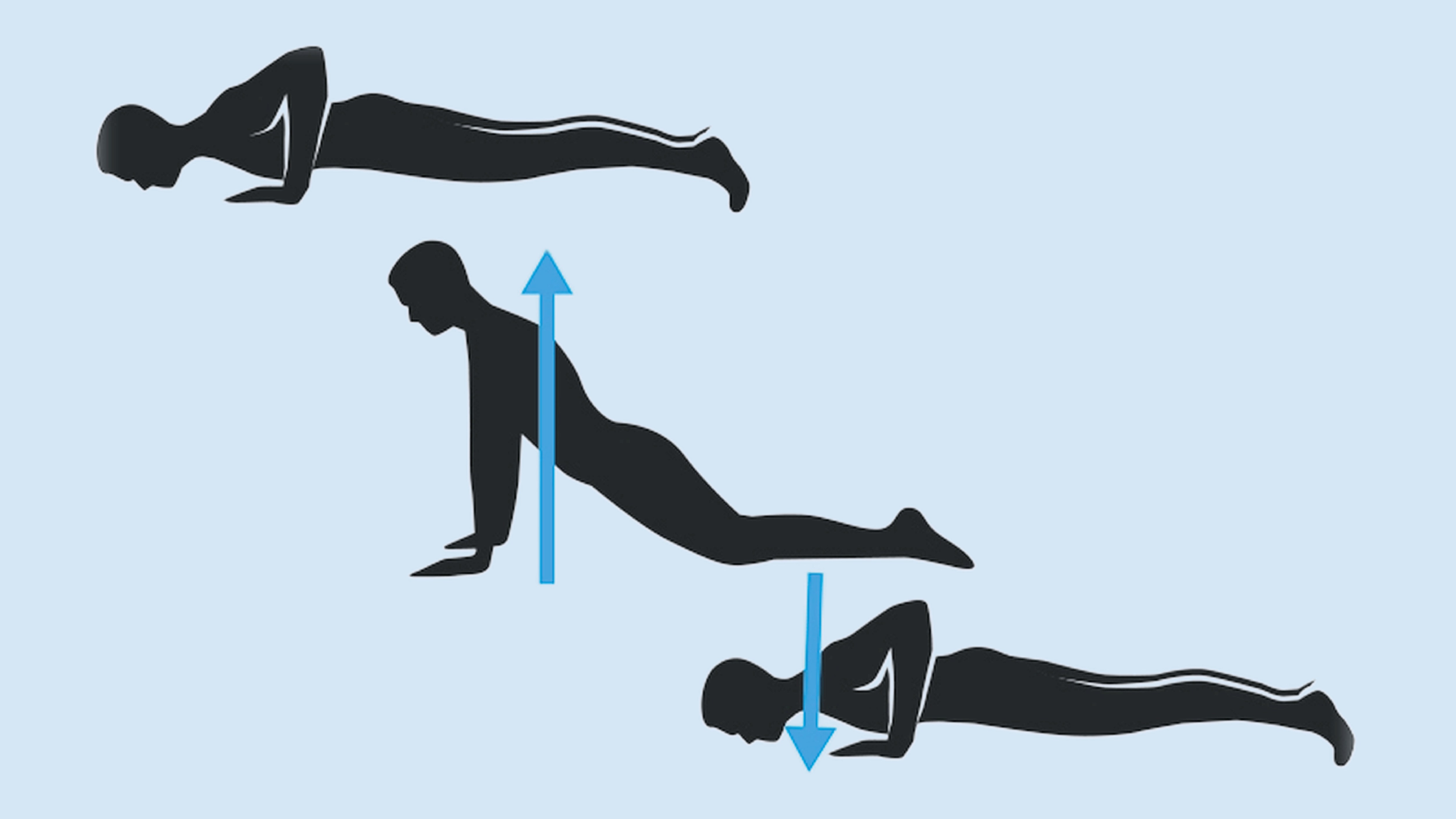
Lie on your stomach with your hands beneath your thighs, palms up. Raise your head and one leg just a few inches off the floor, then alternate legs. Keep both legs straight.
• Beginners: Aim for 2-6 repetitions, increasing to 11-13 over 4-6 weeks.
• Intermediate: Straighten arms to elevate the body, keeping palms and toes on the ground. Target 9-14 repetitions, progressing to 15-20.
• Advanced: Position palms near your ears to lift the body, ensuring your chest touches the floor for one complete movement. Aim for 17-28 repetitions, building to 30-42.
• Super athletic: Follow the same stance, but add a chest slap with alternating hands at the top of the movement. Aim for 26-32 repetitions, progressing to 34-40.
Exercise 3 (Duration: 1 minute)
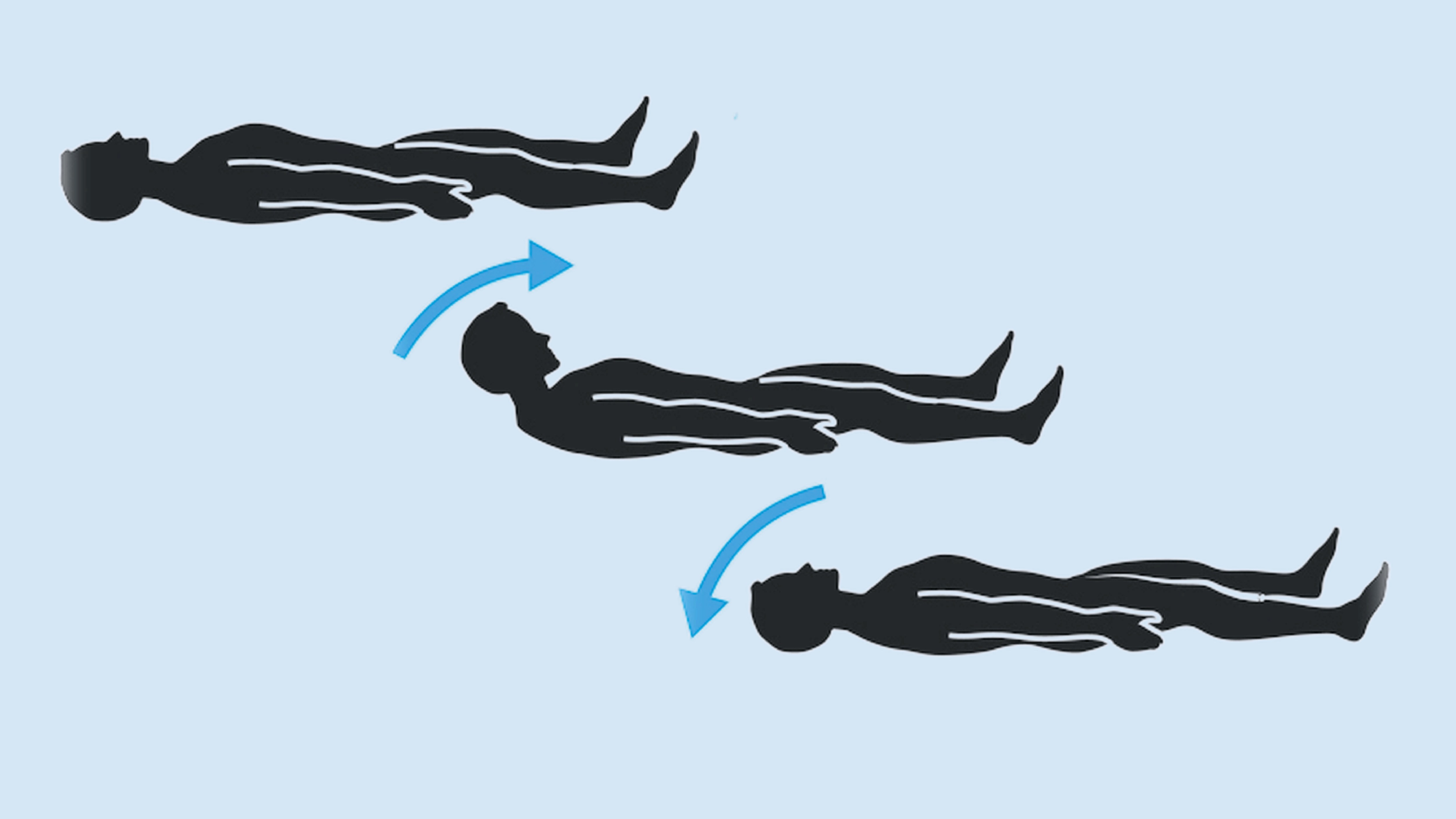
Lie on your back with feet shoulder-width apart, arms at your sides. Sit up enough to see your feet while keeping legs straight.
• Beginners: Target 3-9 repetitions, building to 10-20.
• Intermediate: Sit up fully to a vertical position. Start with 10-15, increasing to 16-23.
• Advanced: Touch your toes while sitting up. Start with 18-19, growing to 21-22.
• Super athletic: Sit up while lifting legs in a V-position to touch toes. Aim for 35-41 repetitions, progressing to 43-50.
Exercise 4 (Duration: 1 minute)
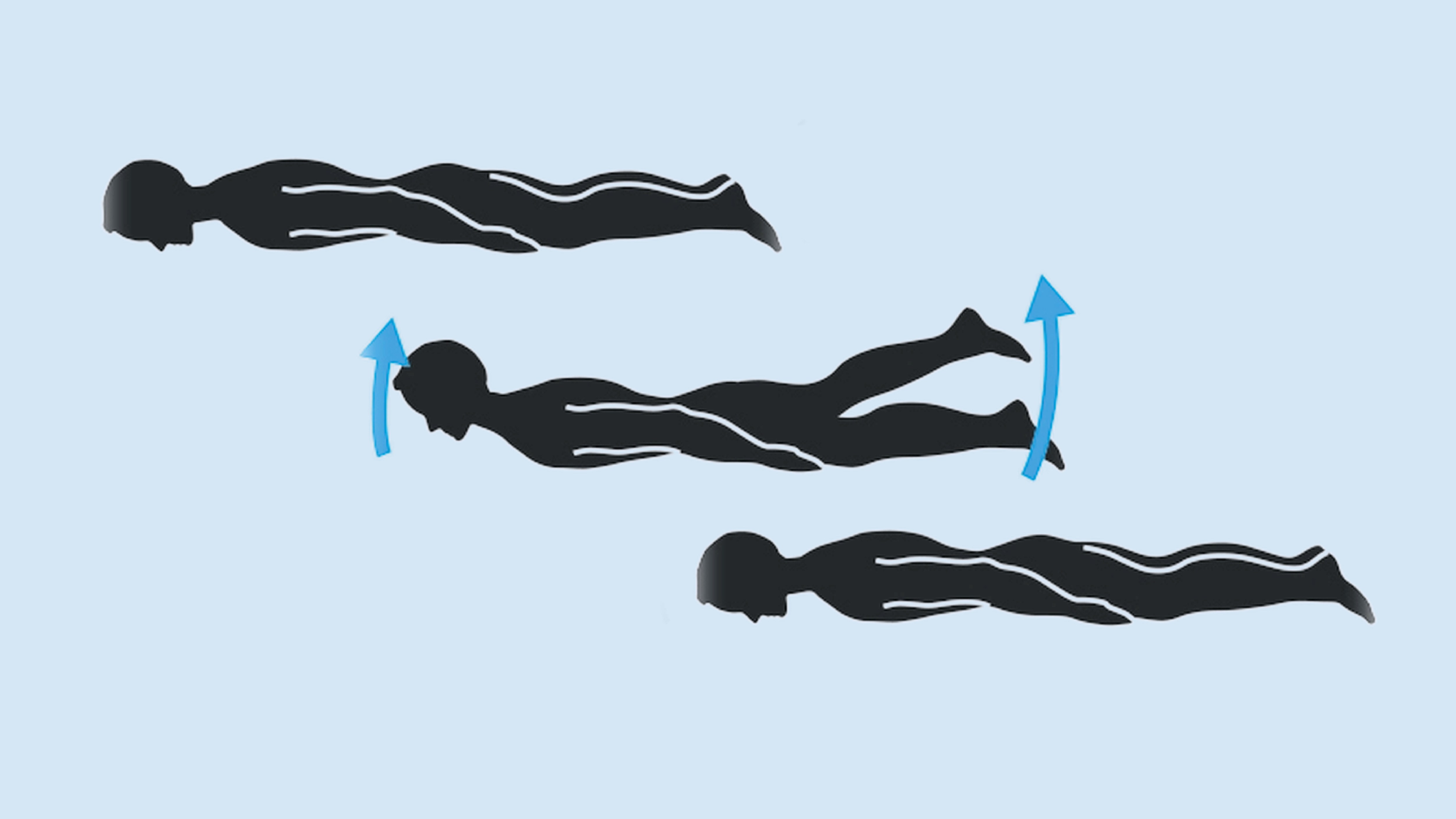
Lie on your stomach with hands beneath shoulders, palms flat. Push upper body upwards while keeping knees on the ground. Lower back to the starting position with arms extended straight. Ensure your chest touches the floor for proper form.
• Beginners: Start with 4-12 repetitions, increasing to 13-18.
• Intermediate: Elevate head, shoulders, and both legs during the exercise. Target 13-21, progressing to 23-33.
• Advanced: Raise head, arms, chest, and both legs while keeping core engaged. Aim for 40-44 repetitions, advancing to 46-50.
• Super athletic: Lift arms, head, chest, shoulders, and legs straight as possible. Keep all limbs off the ground. Target 29-34 repetitions, building to 35-40.
Exercise 5 (Duration: 6 minutes)
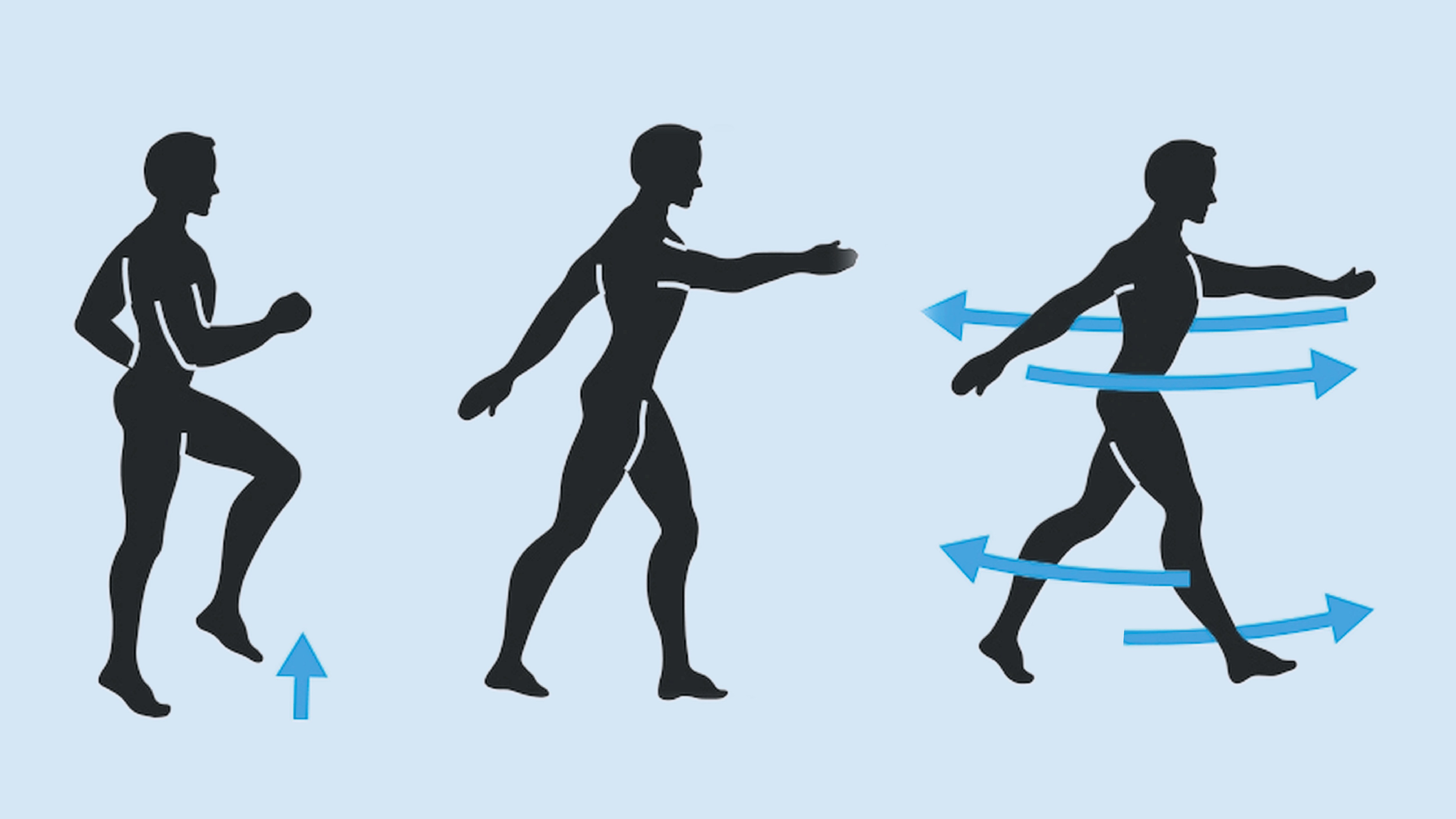
Run in place, lifting feet about four inches off the ground, counting each time the left foot touches down.
• Beginners: After every 75 steps, perform 10 scissor jumps. Aim for 100-260 steps, progressing to 280-400 over 4-6 weeks.
• Intermediate: After every 75 steps, execute 10 astride jumps. Begin with 335-425 steps, growing to 440-500.
• Advanced: Include 10 semi-squat jumps after every 75 steps. Start with 300-355 steps, building to 365-400.
• Super athletic: Add 10 jack jumps following 75 steps. Begin with 450-505 steps, advancing to 515-600 over the same period.

Post Comment